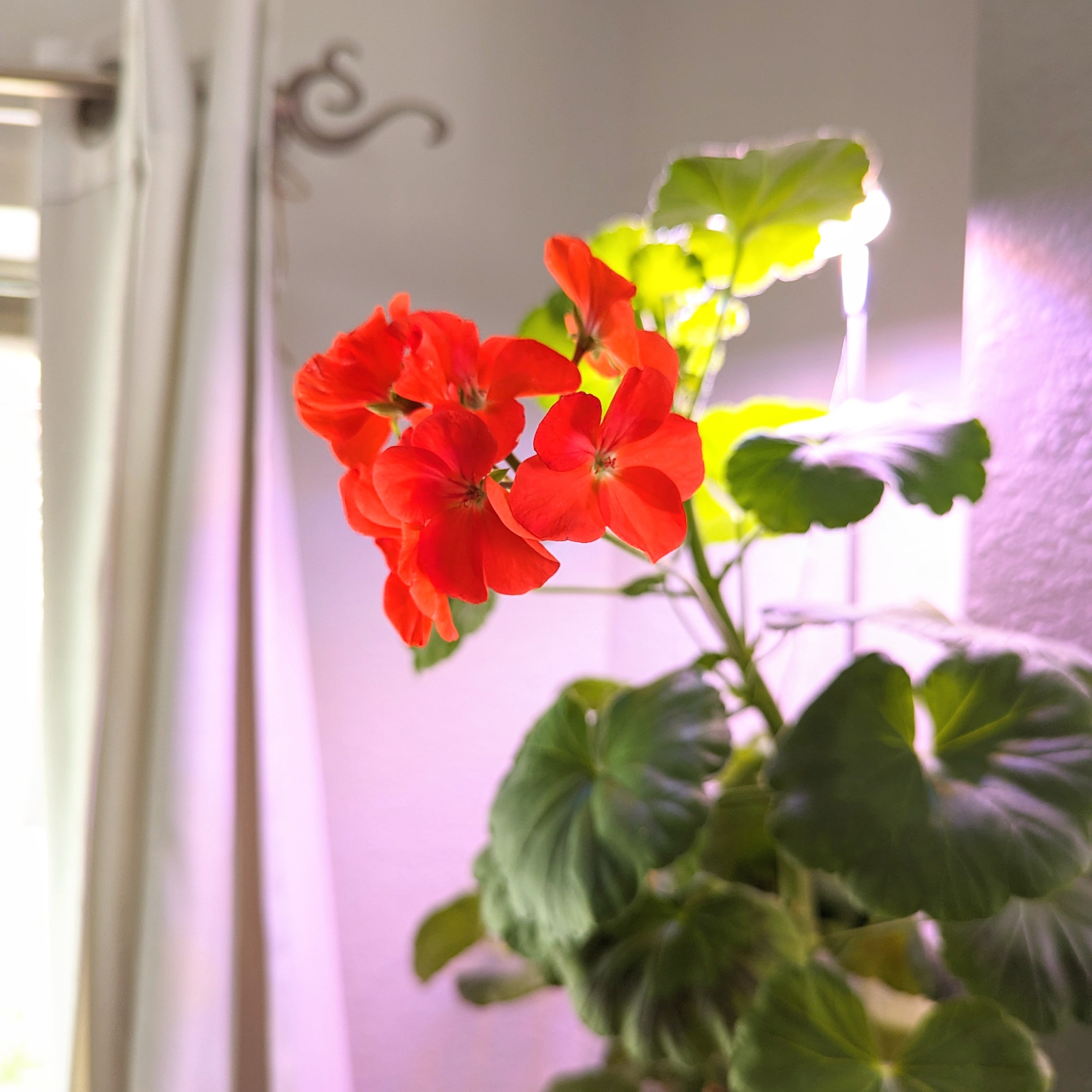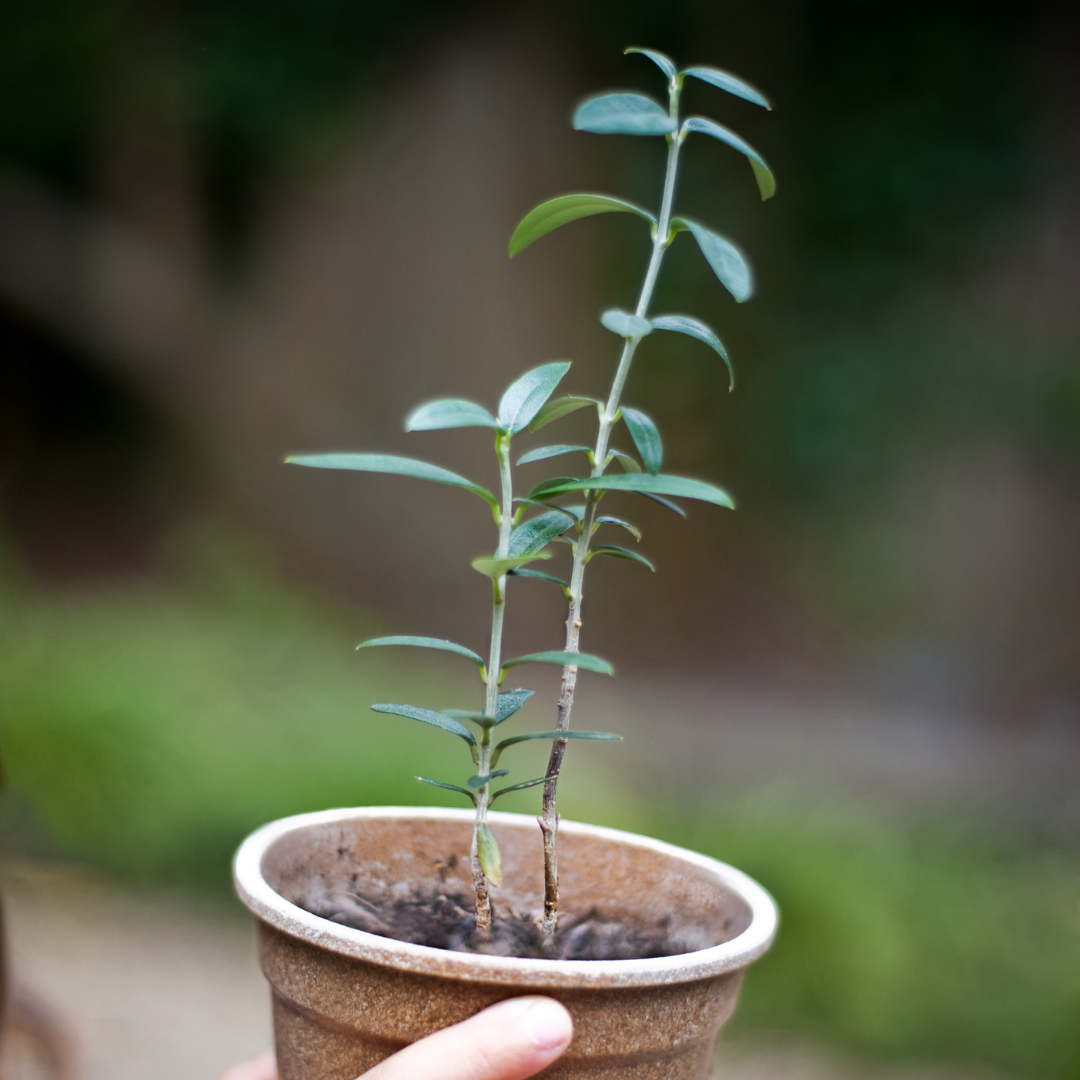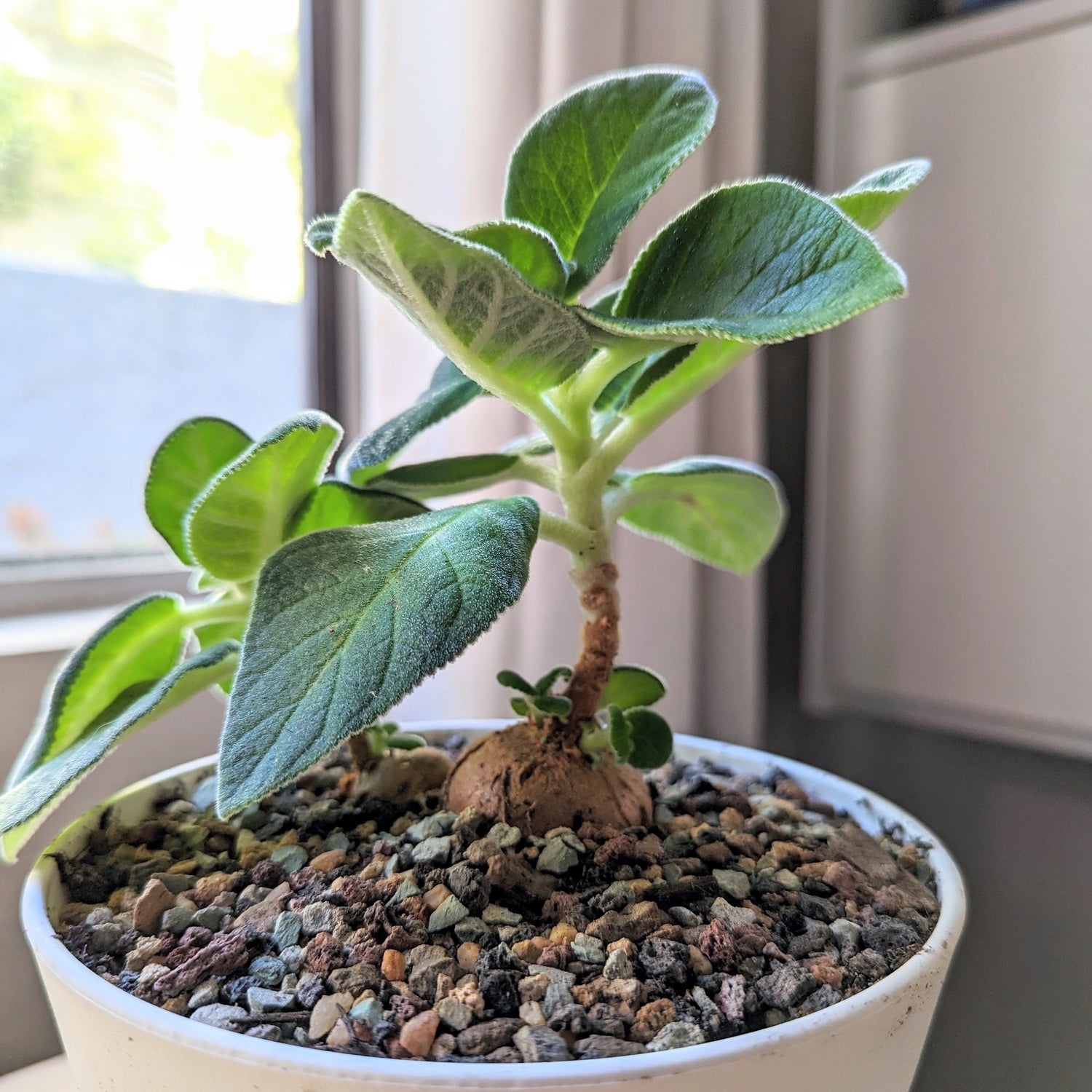You usually don't think of flowers when you think of indoor plants, however including some flowering plants in your indoor plant collection brings a whole new dimension to any indoor garden!
selecting the correct varieties
Growing successful, flowering plants indoors starts with selecting the right varieties. Some, like African Violets, are known to thrive indoors. However, when it comes to popular garden varieties like Petunias or Violas, it's best to select dwarf or semi-dwarf varieties that are specifically bred to do well in low-partial sun. Here are our top 5 picks that will thrive under grow lights or by a sunny windowsill:
1) african violets

You can't go wrong with these! They are perfect for indoor growth, flower year-round, and are low-maintenance as plants. There are several different varieties, with different flower and foliage textures and colors. The only downside is the seeds are tricky to grow, but we think the challenge makes growing them that much more rewarding!
Check out our African Violet seeds here!2) geraniums

Geraniums are beautiful, versatile plants that thrive basically anywhere you put them. They're commonly used as landscaping plants (especially in dry climates like San Diego) because they tolerate poor soils and are relatively drought-resistant. They're also probably the largest plant on this list, which means more green, and more flowers!
Geraniums are easy to grow from seed, easy to care for and grow quickly- an overall win for gardeners of all experience levels!
Check out our Geranium seeds here!3) begonias

Begonias, like geraniums, are very commonly used for landscaping! They grow and bloom beautifully even in shaded gardens(great news for us indoor gardeners!) and don't require much care. Begonia seeds are about intermediate difficulty to germinate, but don't worry, they get easier to care for as they grow!
Check out our Begonia seeds here!4) viola johnny-jump up

Violas come in all kinds of shapes and sizes, but what most varieties have in common is they don't need as much light as other popular flowering plants! Certain varieties, like our Viola seeds, do particularly well in lower-light situations and are small enough that they can be grown in basically any container size!
Check out our Viola seeds here!5) Petunias

Last but not least, Petunias are a potential great option for the indoor gardener. There are Petunia varieties out there that need more light and space, so you need to make sure your Petunia variety does well in containers and low light. Our Petunia seeds grow great in shaded gardens and indoor gardens alike!
Check out our Petunia seeds here!what are the ideal growing conditions for indoor flowers?
Most of the flower varieties we mentioned don't require much maintenance, however, to keep them flowering and growing beautifully, the more light they better! Make sure they receive plenty of sunlight, ideally near a south-facing window, or grow lights make for a great supplement or alternative source of light. Try to keep them warm, between 65F-75F, it helps keep the plants thinking it's spring/summer!
how often should you water indoor flowers?
Watering is a critical aspect of indoor flower care. It's essential to water your plants regularly but be cautious not to overwater. Allow the soil to dry out slightly between waterings to prevent root rot. Different flowers have varying water needs, so it's essential to research each species. In general, though, plants that are flowering require more resources than a typical houseplant, so keep an eye on the soil to make sure you're not missing waterings!
what type of soil is best for indoor blooms?
Choosing the right soil is key to indoor flower success. The key thing to make sure the plants have is good drainage, so pick any well-draining potting mix and select a planter with good drainage. Avoid heavy garden soil, as it can lead to poor drainage and root suffocation, and consider adding perlite or sand to improve soil aeration.
how can you promote blooming in indoor flowers?
To encourage blooming, provide your indoor flowers with lots of light and a balanced fertilizer during the growing season(we love Noot!) Furthermore, trimming your plants can delay blooms a bit, however it can help ensure your plant produces more flowers. Finally, once the flowers are spent, make sure to trim those dead flowers to promote new growth and prolong the blooming period.
what are common pests and diseases to watch out for?
Indoor flowers are susceptible to pests like aphids, spider mites, and whiteflies. Keep a close eye on your plants for any signs of infestation and treat them promptly. Diseases such as powdery mildew and root rot can also affect indoor flowers, so proper ventilation and watering practices are essential.
Hopefully these tips have been helpful! With the right care and attention, your indoor flowers will flourish and bring beauty to your home year-round. If you're looking for other flower varieties that can grow indoors or in a shaded garden, take a look at our other flower seeds here.





